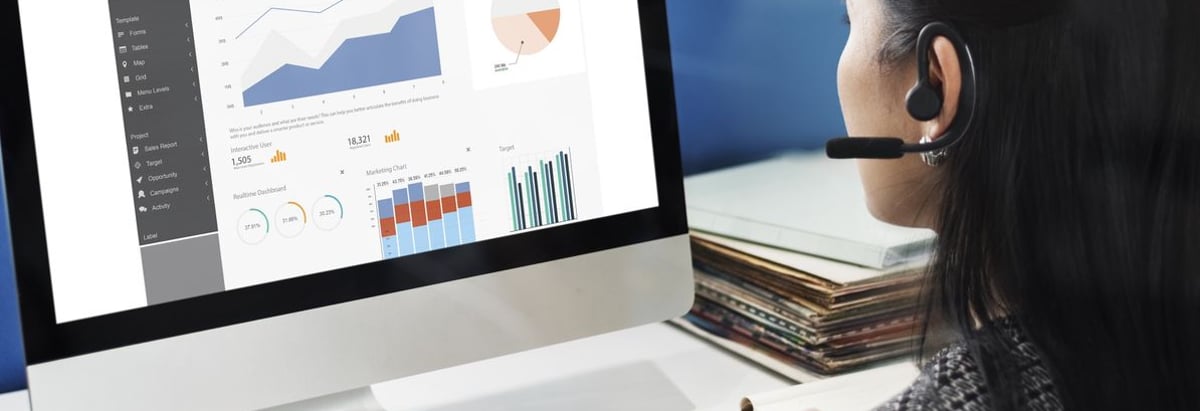- India
- /
- Professional Services
- /
- NSEI:ONEPOINT
Is One Point One Solutions Limited's (NSE:ONEPOINT) Balance Sheet Strong Enough To Weather A Storm?

While small-cap stocks, such as One Point One Solutions Limited (NSEI:ONEPOINT) with its market cap of ₹1.15B, are popular for their explosive growth, investors should also be aware of their balance sheet to judge whether the company can survive a downturn. Companies operating in the IT industry, even ones that are profitable, are more likely to be higher risk. Assessing first and foremost the financial health is vital. I believe these basic checks tell most of the story you need to know. Though, since I only look at basic financial figures, I recommend you dig deeper yourself into ONEPOINT here.
Does ONEPOINT generate an acceptable amount of cash through operations?
ONEPOINT has sustained its debt level by about ₹292.68M over the last 12 months made up of current and long term debt. At this constant level of debt, the current cash and short-term investment levels stands at ₹12.44M , ready to deploy into the business. Moreover, ONEPOINT has produced ₹80.80M in operating cash flow in the last twelve months, resulting in an operating cash to total debt ratio of 27.61%, meaning that ONEPOINT’s current level of operating cash is high enough to cover debt. This ratio can also be a sign of operational efficiency as an alternative to return on assets. In ONEPOINT’s case, it is able to generate 0.28x cash from its debt capital.
Can ONEPOINT pay its short-term liabilities?
Looking at ONEPOINT’s most recent ₹144.15M liabilities, it seems that the business has been able to meet these obligations given the level of current assets of ₹241.11M, with a current ratio of 1.67x. Generally, for IT companies, this is a reasonable ratio since there’s sufficient cash cushion without leaving too much capital idle or in low-earning investments.
Does ONEPOINT face the risk of succumbing to its debt-load?
Since total debt levels have outpaced equities, ONEPOINT is a highly leveraged company. This is not unusual for small-caps as debt tends to be a cheaper and faster source of funding for some businesses. We can test if ONEPOINT’s debt levels are sustainable by measuring interest payments against earnings of a company. Ideally, earnings before interest and tax (EBIT) should cover net interest by at least three times. For ONEPOINT, the ratio of 6.38x suggests that interest is appropriately covered, which means that lenders may be less hesitant to lend out more funding as ONEPOINT’s high interest coverage is seen as responsible and safe practice.Next Steps:
ONEPOINT’s high cash coverage means that, although its debt levels are high, the company is able to utilise its borrowings efficiently in order to generate cash flow. This may mean this is an optimal capital structure for the business, given that it is also meeting its short-term commitment. I admit this is a fairly basic analysis for ONEPOINT's financial health. Other important fundamentals need to be considered alongside. You should continue to research One Point One Solutions to get a more holistic view of the small-cap by looking at:
- 1. Historical Performance: What has ONEPOINT's returns been like over the past? Go into more detail in the past track record analysis and take a look at the free visual representations of our analysis for more clarity.
- 2. Other High-Performing Stocks: Are there other stocks that provide better prospects with proven track records? Explore our free list of these great stocks here.
New: AI Stock Screener & Alerts
Our new AI Stock Screener scans the market every day to uncover opportunities.
• Dividend Powerhouses (3%+ Yield)
• Undervalued Small Caps with Insider Buying
• High growth Tech and AI Companies
Or build your own from over 50 metrics.
Have feedback on this article? Concerned about the content? Get in touch with us directly. Alternatively, email editorial-team@simplywallst.com
Simply Wall St analyst Simply Wall St and Simply Wall St have no position in any of the companies mentioned. This article is general in nature. We provide commentary based on historical data and analyst forecasts only using an unbiased methodology and our articles are not intended to be financial advice. It does not constitute a recommendation to buy or sell any stock and does not take account of your objectives, or your financial situation. We aim to bring you long-term focused analysis driven by fundamental data. Note that our analysis may not factor in the latest price-sensitive company announcements or qualitative material.
About NSEI:ONEPOINT
One Point One Solutions
Engages in the customer life cycle management, business process management, and technology servicing activities in India.
Flawless balance sheet with proven track record.
Similar Companies
Market Insights
Community Narratives





